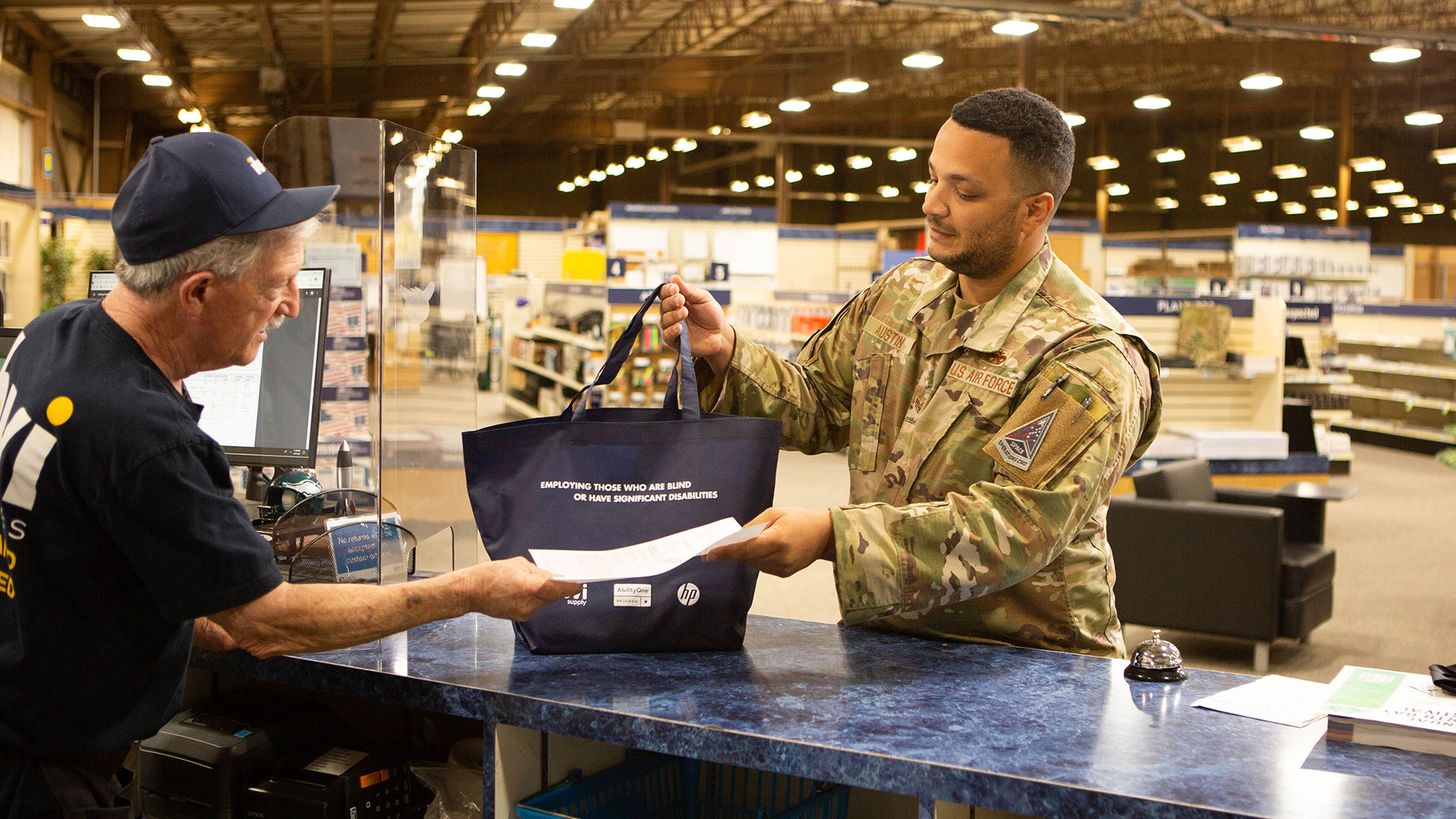How ADA Compliance Can Help “Everybody Win”
The Americans with Disabilities Act (ADA), signed into law in 1990, helps make buildings, products, and services more accessible to people with disabilities. But accessibility means a lot more than just ramps and properly coded websites—it means going beyond equality (treating people the same) to reach equity (giving people the same opportunities).
We had the pleasure of interviewing Tim Ochnikowski, director of the Office for Persons with Disabilities in Milwaukee, to get his perspective on what ADA compliance means for Milwaukee (home of IBVI) and how it achieves so much for the entire community.
Creating a Level Playing Field
Tim is a person with a disability. In 1978, he was involved in a diving accident and has been a wheelchair user ever since. To Tim, when a business seeks ADA compliance, it means more than just providing opportunities for people with disabilities. It’s about, as he says, creating a “level playing field.” He adds, ADA compliance means making sure “persons with disabilities are able to participate in the same or a similar way as a person without a disability.”
It’s important for businesses and organizations to provide ADA-compliant experiences because, as Tim notes, “everyone deserves the right to have access to businesses, services, jobs, and government.” It shows that all members of society are valued.
Continuing to Grow and Improve
Milwaukee has been the home of IBVI since 1952, and a lot has changed since then. Notably, the Americans with Disabilities Act was passed—and the city has benefited greatly since. Having lived in the Milwaukee area for many years, Tim can speak to the changes first-hand:
“Milwaukee, like every city in America, is much more accessible to persons with disabilities than before the law was passed in 1990. Over these past 30 years, businesses have become more accessible to patrons and employees, and governments have become more accessible in their facilities, services, jobs, and more.”
IBVI, for example, equips employees who are blind or visually impaired with technology and tools to do their jobs well. Some employees use screen readers or image magnification while others take advantage of more subtle ADA measures like windows on doors and different textures on the floor. All of these aids come back to giving people the tools (and access) they need to have fulfilling experiences.
Doing Your Part
The next question is, “this is great, but what can I do to help?” Tim has us covered there too:
“If someone notices something that could be made more accessible, they should contact the appropriate person at their business or government and bring the issue to their attention.”
As with all societal growth, change doesn’t happen overnight—but, if people take initiative, there can be a big difference over time. Tim also believes it’s just just an obligation—that local businesses truly desire to help those with disabilities. He says, “Most businesses and governments want to serve their customers the best they can. Informing businesses and governments with ideas is much more beneficial than threatening them with complaints.”
Communities have the implied responsibility to care for their people, and accessibility can help achieve that. Tim sums it up well when he says, “When people with disabilities can fully participate in society, everyone wins.”
To learn more about accessibility guidelines, ADA compliance, transportation, and activities for people with disabilities, visit the Offices for Persons with Disabilities website.


